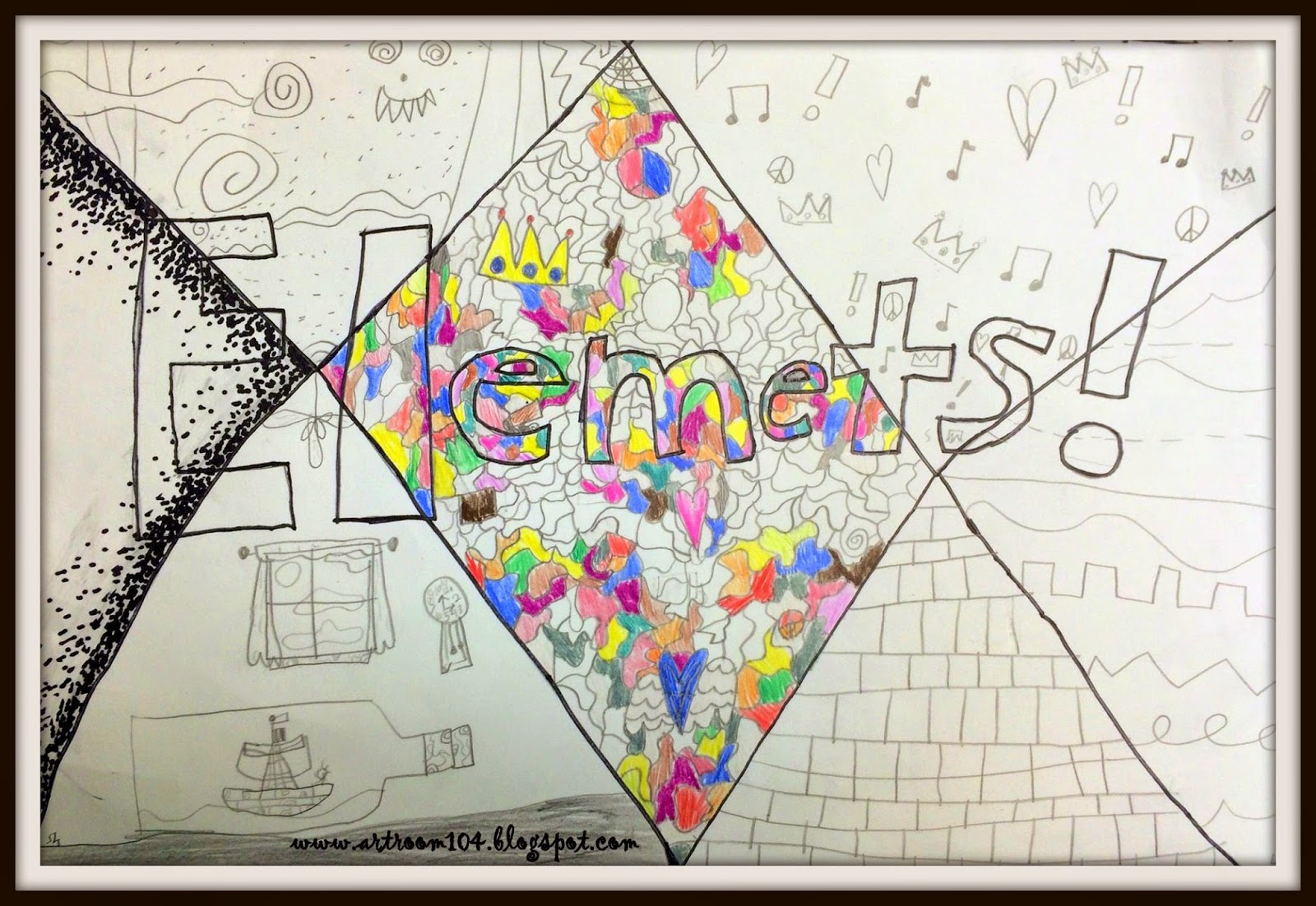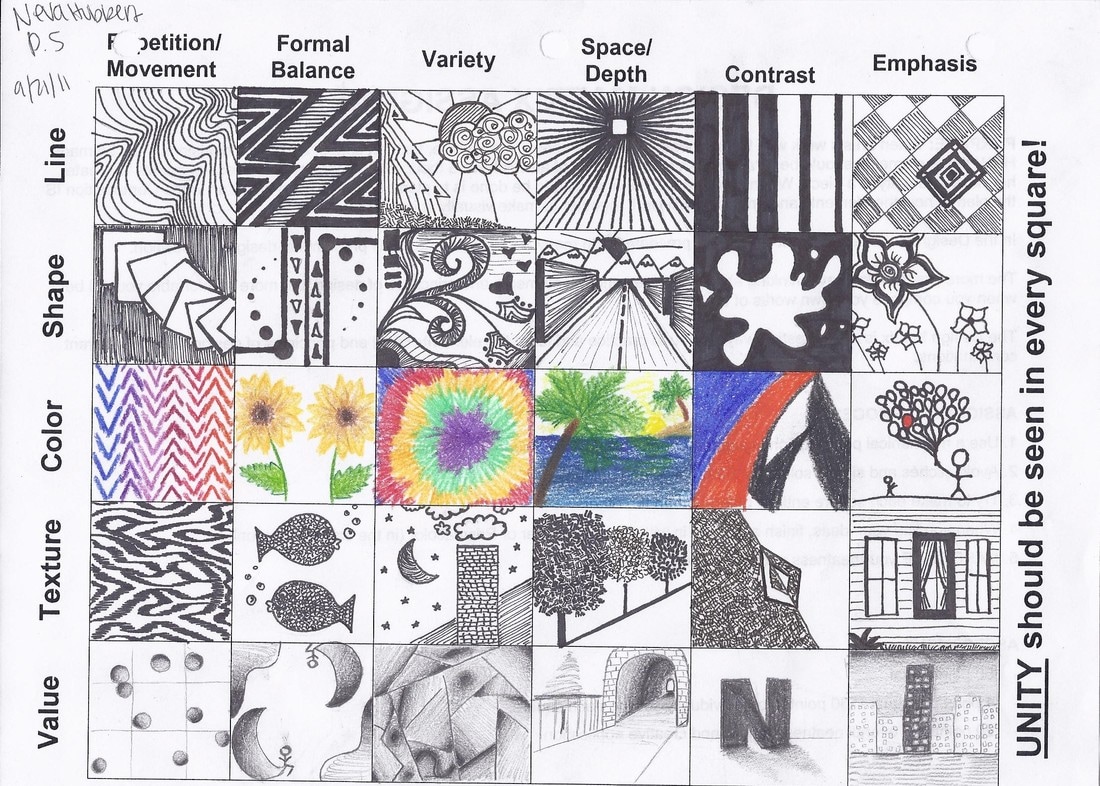
Lighting has a dramatic affect on the mood and atmosphere of an interior space different schemes are used depending on the purpose of the space. For a little more information on these check out our previous post on the subject. This is a huge topic in the design world with the main factors being colour temperature and colour rendering. Colour in lighting describes how the colour of a light source affects the colour of surrounding objects.Have you ever been in a commercial space with fluorescent lighting where some bulbs are warm and some are cool? This makes the space uncomfortable to be in. Too uniformity is not usually desirable this can create a bland space without interest and highlight. Uniformity refers to the overall space, and affects how comfortable one is within the space.Too much contrast can limit our ability to see fine detail and cause eye fatigue. We need contrast to distinguish one thing from another, printed words contrast their white background and allow us to read them. Contrast describes a difference in illumination level between two points.Neither is good and lighting should be designed to reduce glare. Glare can be either direct, coming straight from a light source, or reflected, shows up on a surface like your computer screen.When it comes to quality of artificial light, designers must consider glare, contrast, uniformity and colour. Love how they also incorporated colour and pattern here to emphasize the entry doors. This corridor, in the Puro hotel by Blacksheep, uses light as an element of design in way that highlights room entrances and provides a soft, welcoming ambient light. Using these three lighting types correctly and intelligently in a space will ensure that the occupants have the right quantity of light however this goes hand-in-hand with quality of light. This includes directional lighting placed on artwork, or recessed floor lighting to graze the surface of a textured material. Accent light is used to add highlight, drama and focus to interior spaces.

A good example of this is a desk lamp which allows one to add more light to complete a working task. Task light is that which illuminates a small, specific area.

It is indirect and soft, reducing contrast and shadows and is achieved through natural and artificial light sources, as well as reflection from surfaces.

The two biggest contributors to functionality from a lighting perspective are quantity and quality.

In retail the lighting should be designed to allow the product to shine (pun intended). In office spaces it is important that workers can complete their tasks, often involving reading printed documents or working at a computer. Since light has both psychological and physiological effects on people it is important to get it right.ĭifferent types of spaces have different lighting requirements. There are many considerations that must be taken into account to ensure interior spaces are properly lit for functionality, mood and atmosphere, and sustainability. And wherever there is light there are shadows a favourite saying of one of our professors was, “Shadows are free”.Īny interior designer who has tackled a lighting plan in detail understands that this is not a simple task. The feeling of a space can be completely transformed by altering the intensity, placement and colour of light which makes it a very powerful tool. Light is essential to any interior space as it is the means by which we can see our surrounding environment. In our previous few posts we have discussed line, colour, and texture and pattern this post focuses on the ever important light as an element of design. Differing light levels create shadows and interest, and makes the product behind the counter the focus. This shabby chic tea company designed by Christine Rossi exhibits great lighting at the sales counter.


 0 kommentar(er)
0 kommentar(er)
